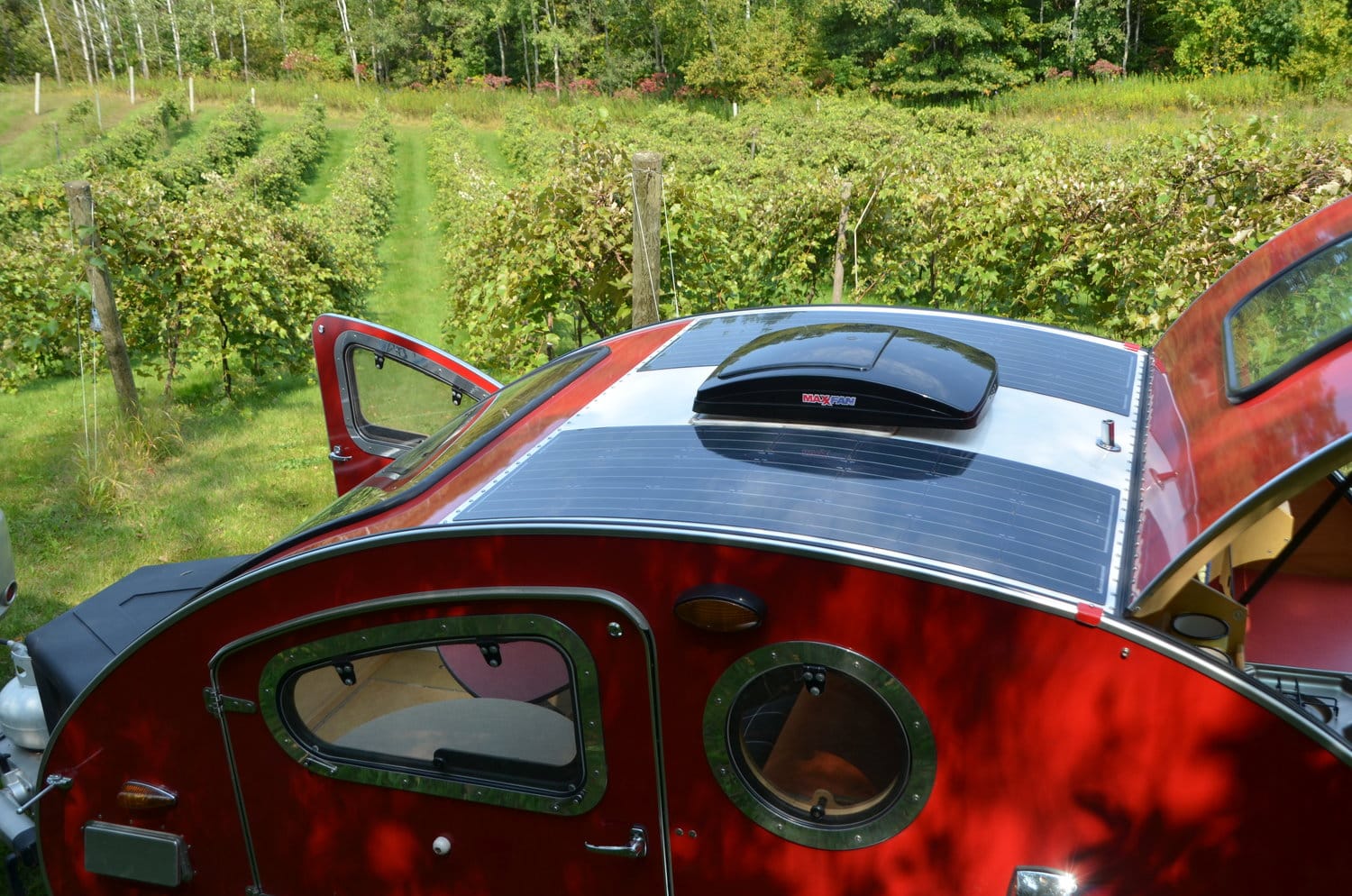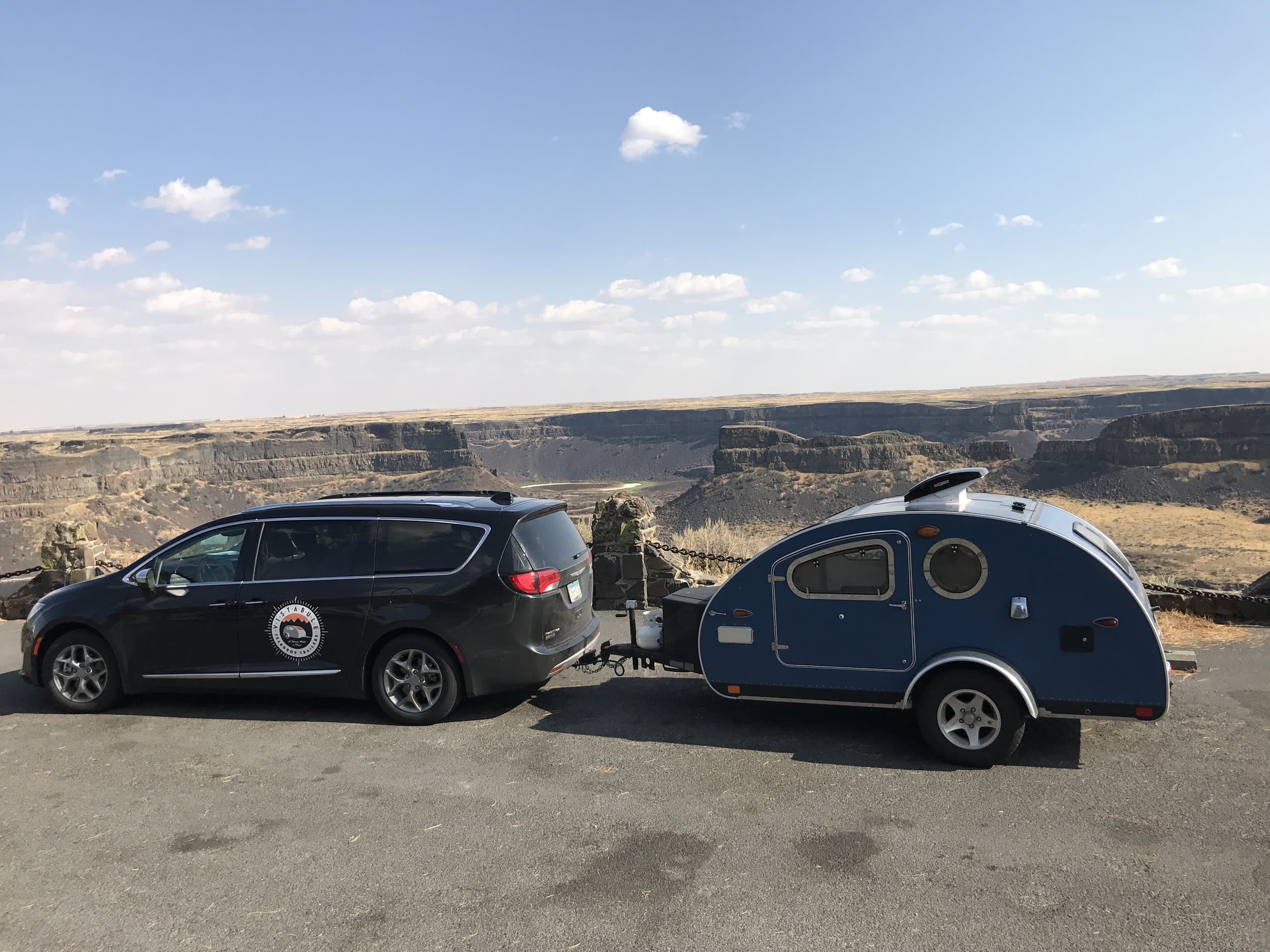Cooking with a cast iron is a camping favorite! Nothing quite beats the flavors you get from cooking in a well-seasoned cast iron – whether at home or outdoors. Even better, cast iron is affordable and durable, making it perfect for camping.
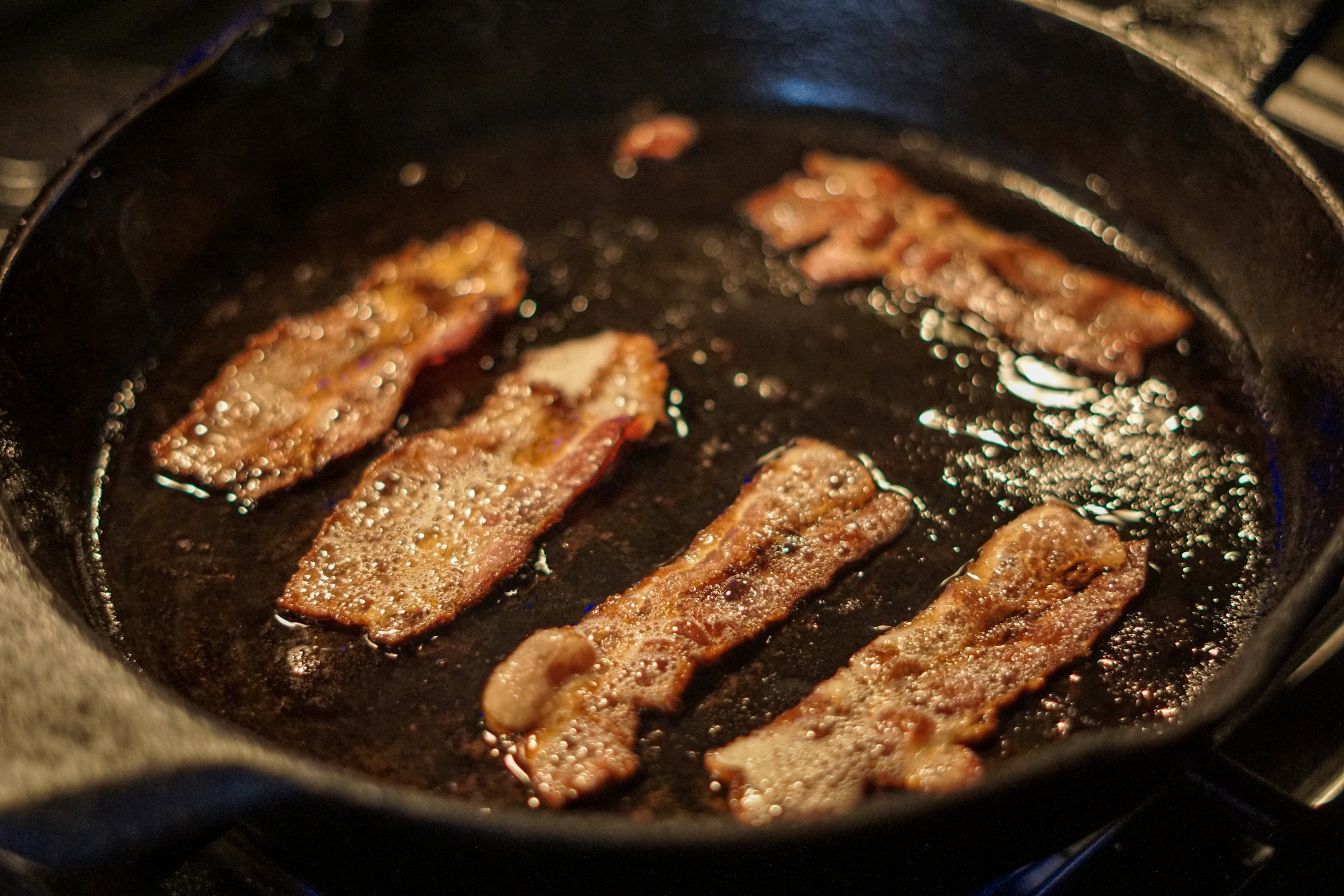
Bacon on the cast iron skillet
Many people avoid cooking with cast iron, though. Why? It’s intimidating! Between washing them properly, keeping them seasoned, and making sure they don’t rust, it can feel like it’s too much work.
We are here to tell you – it’s worth it! We are going to walk you through how to safely store and care for your cast iron in your teardrop camper. It’s not as hard as you think, but there are a couple things to keep in mind.
Cast Irons Storage in Teardrop Campers
Cast irons are HEAVY. While that bodes well for their durability, it poses a hazard when traveling in a camper.
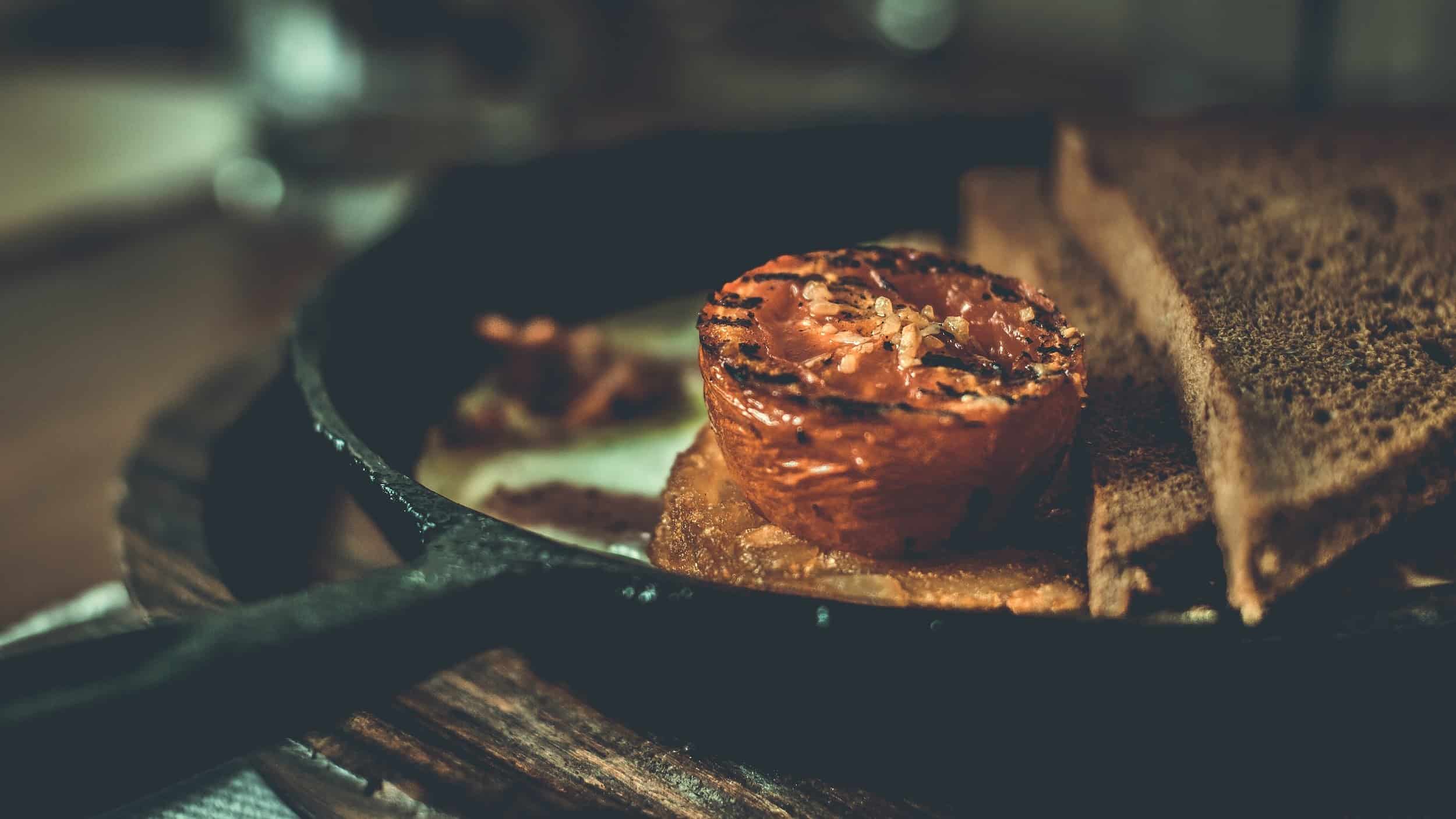
Just picture your cast iron loose in your teardrop camper on the road…SMASH! BANG! CRASH!…We want to prevent that from happening.
Kitchen storage in a teardrop camper requires a little forethought. The amount of storage you have will vary based on the camper you have. If your camper has drawers and cabinets, this is the best option for storing your cast iron.
When storing your cast iron, you want to be sure it is secure in the drawer or cabinet. For increased safety, store your cast iron as low to the ground as possible while the camper is in motion – we want to avoid flying pans. Consider adding no-slip matting to your drawers to prevent unwanted sliding.
If your teardrop camper does not have drawers and cabinets or does not have enough for your cast iron, there are carrying cases (more on these in a bit) that can be purchased to keep the cast iron contained and protected. When you are on the road, simply put the carrying case in a storage bin with your other camping essentials.
Keeping Your Cast Iron Safe While Camping
The number one rule of cast iron maintenance: don’t let it rust!
This can be harder to maintain, even when camping in a teardrop camper, as your cast iron has a higher chance of element exposure. Sudden rains, fluctuating humidity, you name it. Luckily, there are easy steps you can take to protect your cast iron.
Store Your Cast Iron in a Carrying Case
Cast iron carrying cases are padded cases designed to protect cast irons from water and scratch damage. The cases are designed for easy carrying and will also help protect your cast iron in transit.
Continue to Season and Wash Your Cast Iron
Even when cooking over a campfire, you can still season your cast iron to keep that protective layer they demand. Traditionally people have used neutral oils like vegetable or canola oil, but flax seed oil might be the frontrunner for longevity.
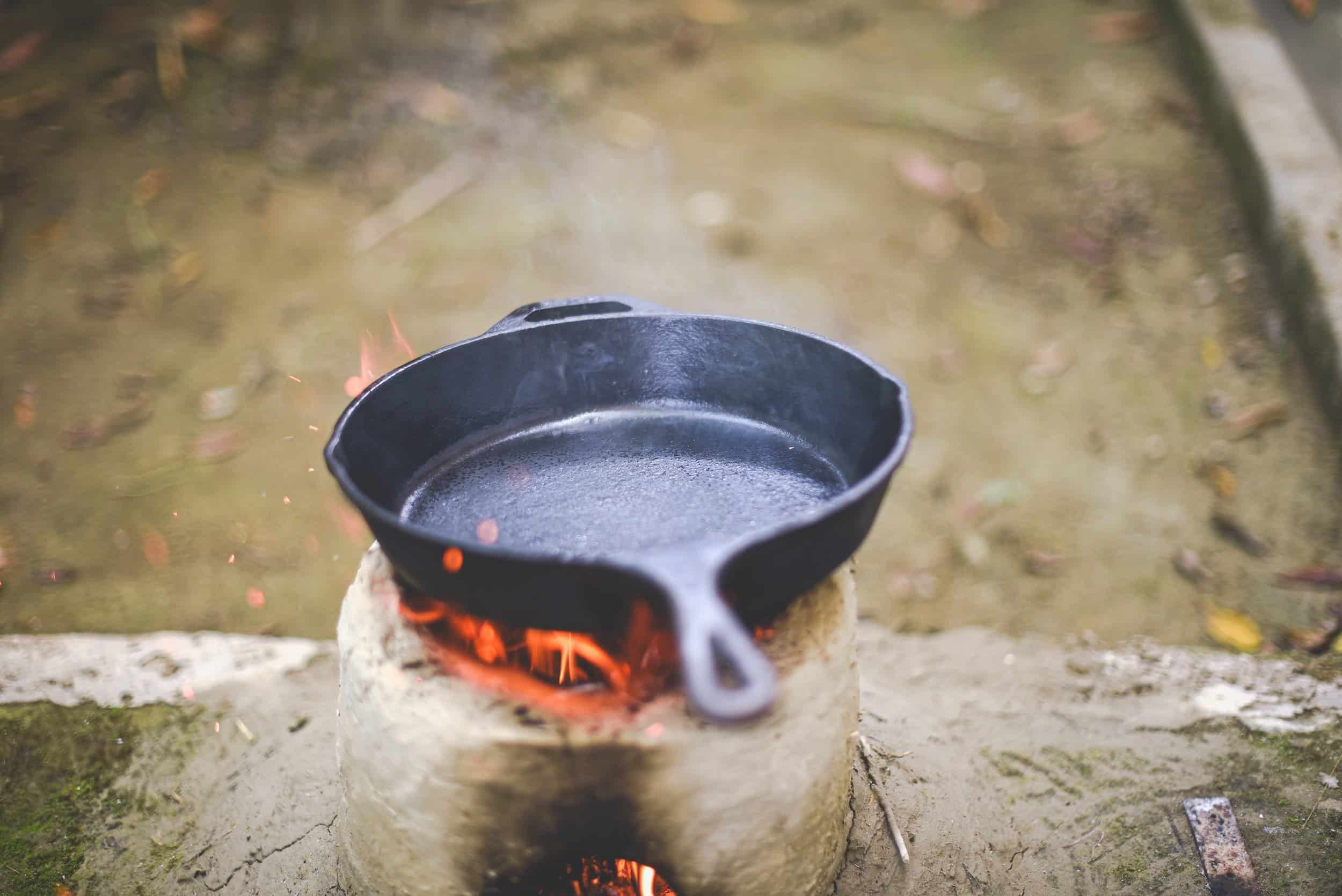
Cover Your Cast Iron in Between Uses
Covering your cast iron helps keep dust, bugs, and other elements at bay when you aren’t using it. This is especially important when you are camping – no one wants dust and bugs stuck to the bottom of their freshly oiled cast iron.
Covering your cast iron between uses will also protect your camper and other supplies from any soot that gathers on the bottom of your cast iron if you are cooking over a fire.
Staring and Treating Your Cast Iron When Camping Season is Over
Once you return home from your adventure, the task at hand is maintaining your cast iron when it is not in use.
If the cast iron you brought camping is the same you use at home, the answer is simple – store it like you normally would.
Clean and Season Your Cast Iron
Take the time to thoroughly clean your cast iron. This will get rid of any remaining residue from cooking or travel, leaving you with a like-new skillet for your next teardrop camper outing. Use a two sided sponge (one that includes a scouring pad) and warm water to clean off grease and grime, while still maintaining the seasoning of the pan that gives your vittles that extra zing of flavor that cast irons are known for. Never use dish soap!

And be sure to reapply seasoning if necessary with the neutral oil of your choice. If your pan looks dried out and blotchy on its surface and no longer has a uniform sheen, it is probably a good time to give it another “coat of paint”*
*Don’t use paint. 😉
Make Sure Your Cast Iron is DRY
When storing your cast iron, you want to be sure it is dry, dry, dry. Any remaining water will lead to rust. No question.
If your teardrop camper is going to remain outdoors in between uses, we recommend bringing your cast iron inside until you are ready to hit the road again. The key is to keep your cast iron somewhere that will not be subject to too much humidity and where you can keep an eye on it every now and then.

Cook Your Next Campfire Cast Iron Meal in Your Vistabule Teardrop Camper
Camping is a custom experience – everyone has their own way! Vistabule gets that and has created the ability to create a teardrop camper that will provide everything you need to teardrop camp you way! Check out all of the options you have with Vistabule and let us help you build your camping dream!
Related Posts
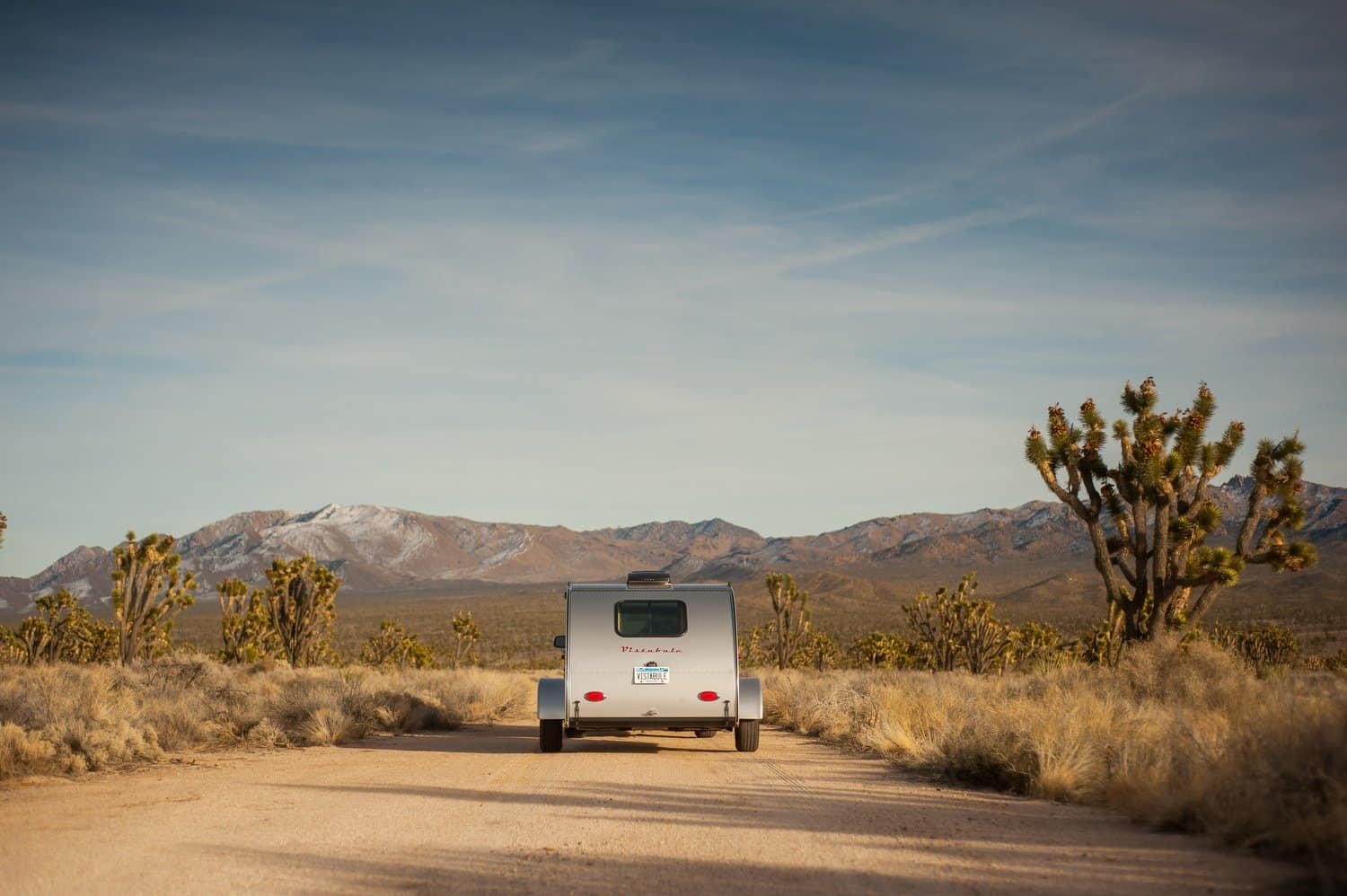
Minimalist Camping: 7 Simple Hacks for Travelers
Minimalism is all the rage right now. People are taking back their lives from clutter and excess, and choosing to simplify what they can. Simplifying life, sticking to the basics, and cutting out the garbage. Doesn't that sound like everything camping should be?
